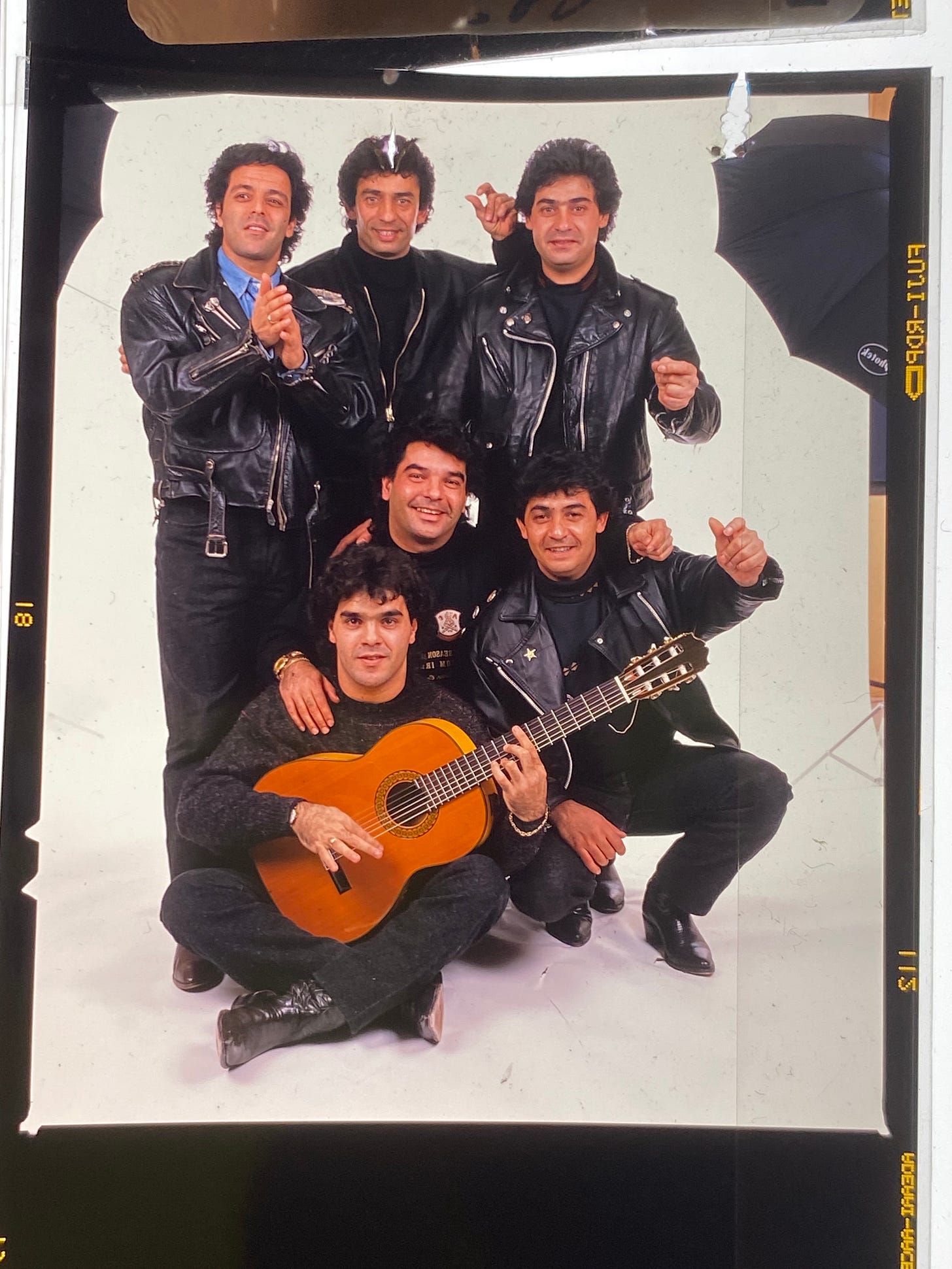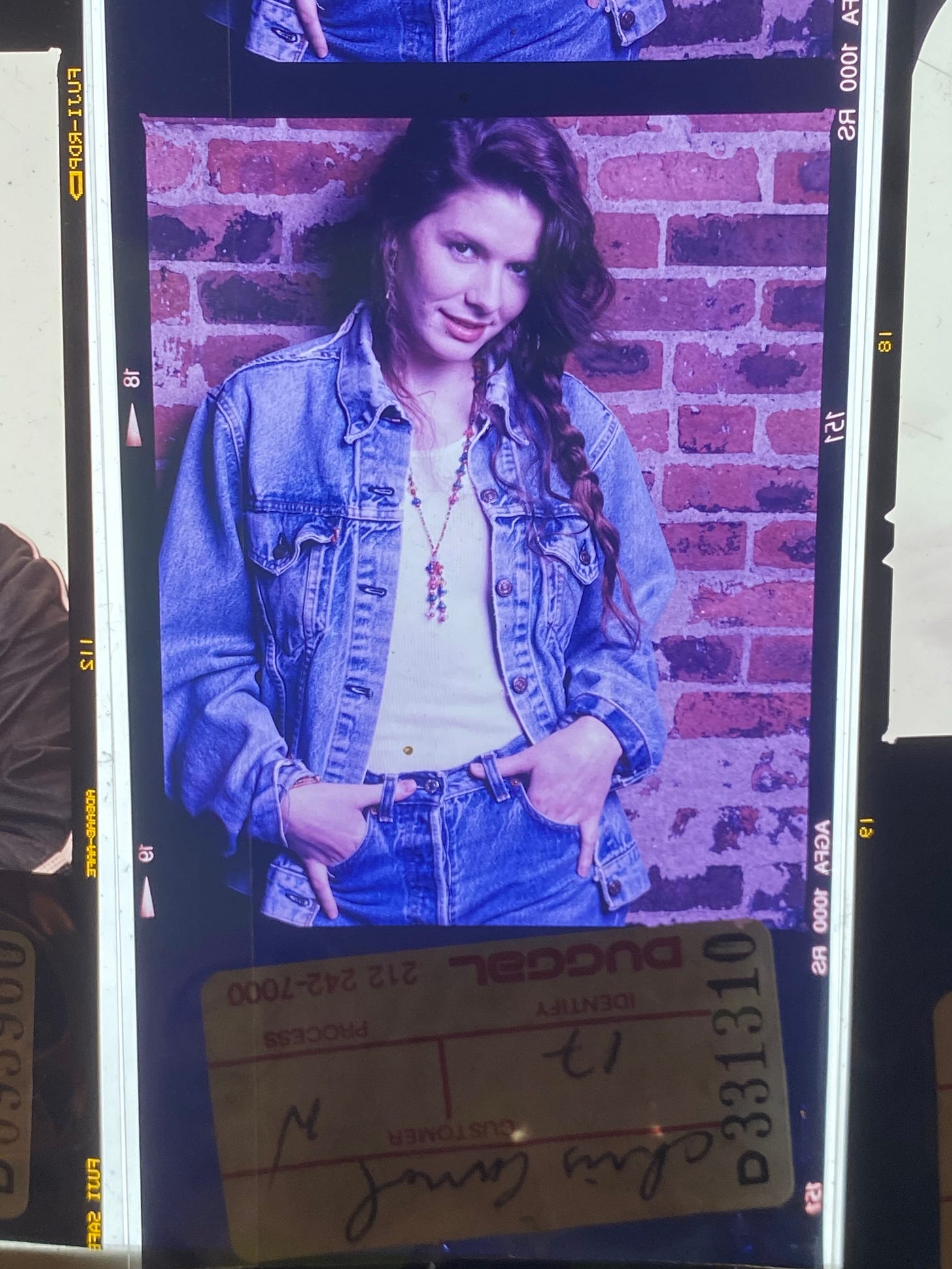Clip Test Shmip Test
What if you could develop just one frame before irrevocably processing the rest of the roll?

Back in the day, we wore onions on our belts. We also used film to create pictures, this plastic stuff that captured images with the help of chemicals from a multinational corporation or two. In opposition to the wonder of it working at all, the problems inherent in film were legion. It had to remain cool and completely sealed off from all light before you made pictures with it. You had to very carefully and precisely control just how much light hit it after bouncing off your subject and bending its way through your lens and shutter. Then dark and cool again until you could get it to a “lab” to “develop” it. A clip test was the processing of one single frame from a roll, so you could decide how to run the rest of the roll. It felt like a cheat but one you needed to do to even the odds of getting your shot, even with all the difficulties endemic to analog film.
Developing film was irreversible, irrevocable and absolutely permanent.Once developed, you were done, it would stay in this new state for the next hundred years. There was a certain, limited amount of adjustment one could make at the lab, to account for any missteps in the exposure phase of photo making. But generally speaking, you were as careful as you could be to adjust your lighting and exposure correctly when shooting so as to require as little messing about in the lab as possible.
Once you did run your film, you could ask the lab to “pull” or darken your roll like maybe a half stop. Much more than this and it started to look really bad really fast. Chrome film looked best a little under exposed (for more vibrant colors) then “pushed”a little, like a quarter to a half stop to brighten the highlights.
But in rock and roll photography, all did not always go to plan. Your subject would show up two hours later, long after sunset. Or some errant publicist would trip over the cord to a light that you wouldn’t notice ‘till you got the film back two days later. If the film was too bright, you were mostly out of luck. If too dark, you could push it up to two or so stops in the chemicals to save your bad exposure. It wouldn’t be perfect, but it would be good enough. Some techniques, like cross processing, rely on pushing. Everyone before the advent of cross processing, and most people after still shot “normal” film. This pushing thing was really to save your butt when you’d screwed up the shoot.
How to reconcile the fact that to run film was to do so permanently with the competing concept of needing to adjust your processing before you know how you need to adjust it? Yep, here it is, Shroedinger’s film: the clip test.
That’s right, you could ask your lab to run a clip test. My Mamiya RZ67 made ten shots on a roll of 120 film. For a clip test, the lab technician would, in utter and complete darkness, clip off one frame and process that and only that. Then you’d pick up your clips and decide how to run the rest of your roll.
All well and good, until you add in two more factors: clip tests were an imprecise art. Sometimes the tech would guess wrong and scissor the wrong place to chop Mr. Steven Tyler’s head right in half, ruining the shot. Or the hanger mark from where they’d hung it in the chemicals would be in an inopportune place on Ms. Fuentes’ no-longer-gorgeous visage. The last factor, the vagaries of celebrity shooting when subjects disappeared in the blink of an eye, like that time Mr. Will Smith stepped off the set between frames, meant that sometimes you only had ten shots on that roll you had to run with one and only one shot to get it right. The clip test might ruin two of those ten shots. High stakes indeed, especially when one was working with mercurial rock stars who might or might not grant you the time you needed to get your shot.
Oddly, I frequently traveled to Los Angeles for shoots and had to remember that the West Coast called them Snip Tests. And the kid at the counter would sneer at you so mightily, like you were a neophyte or dilettante for using the wrong term. Yes, that happened also; better use the right language or be shunned by the West Coast teenage lab technician guild. Clip Tests on the East Coast, Snip Tests out West. Got it?
Do you feel lucky, punk? Well do ya? The clip test itself was such a Zen moment, a fulcrum upon which success or failure hung, that I named this blog/book/project after it. And though I like it conceptually, it still doesn’t feel quite right. Mainly because nobody seems to know just what it is or why this project is named after it.
So I’m soliciting ideas. Like Clip Test? Tell me so. Got better? Please baby, please baby, please baby, please. Let’s come up with better, shall we?






I like it!
Metamorphical Musings
re. Paul Simon: love songs, more money and more mojo...